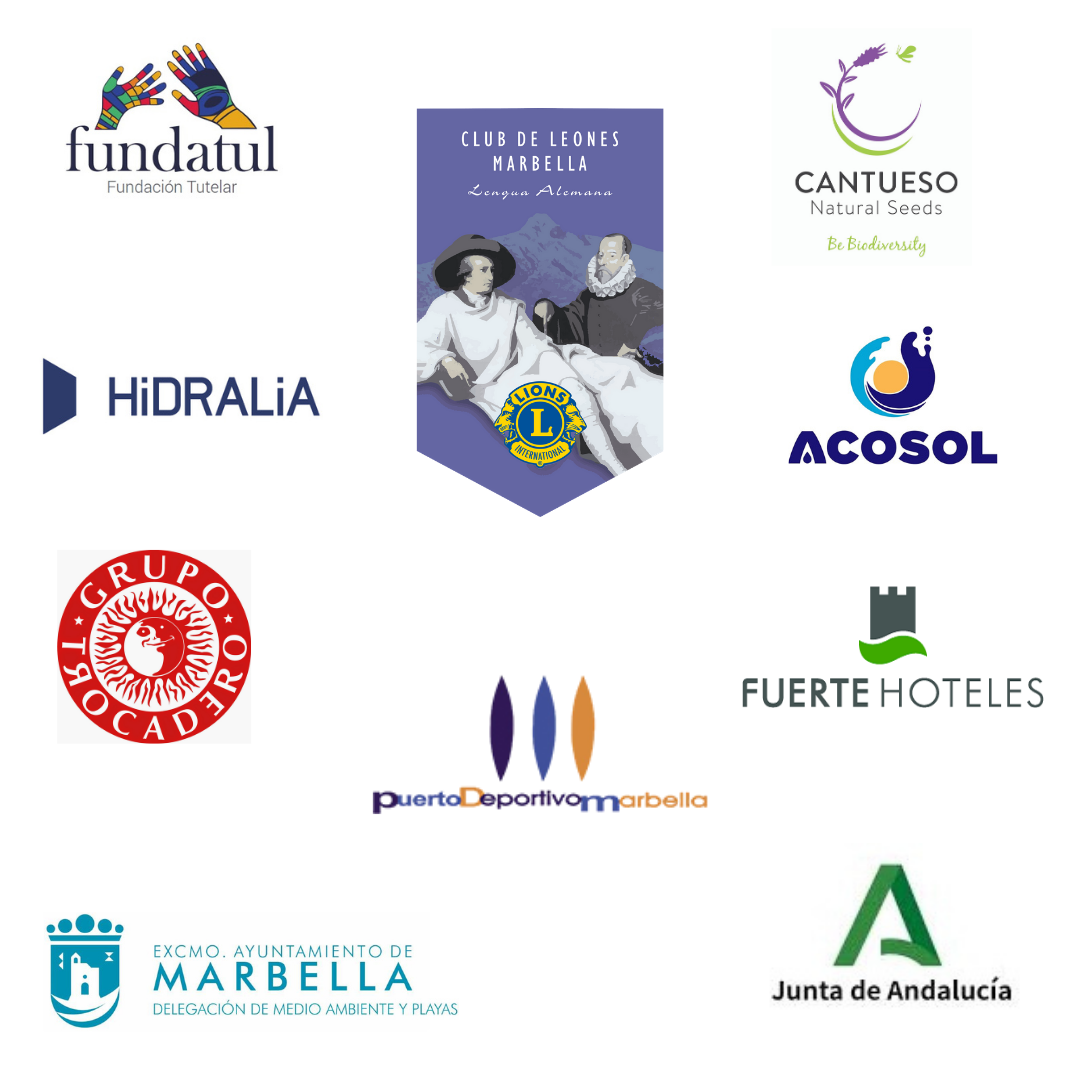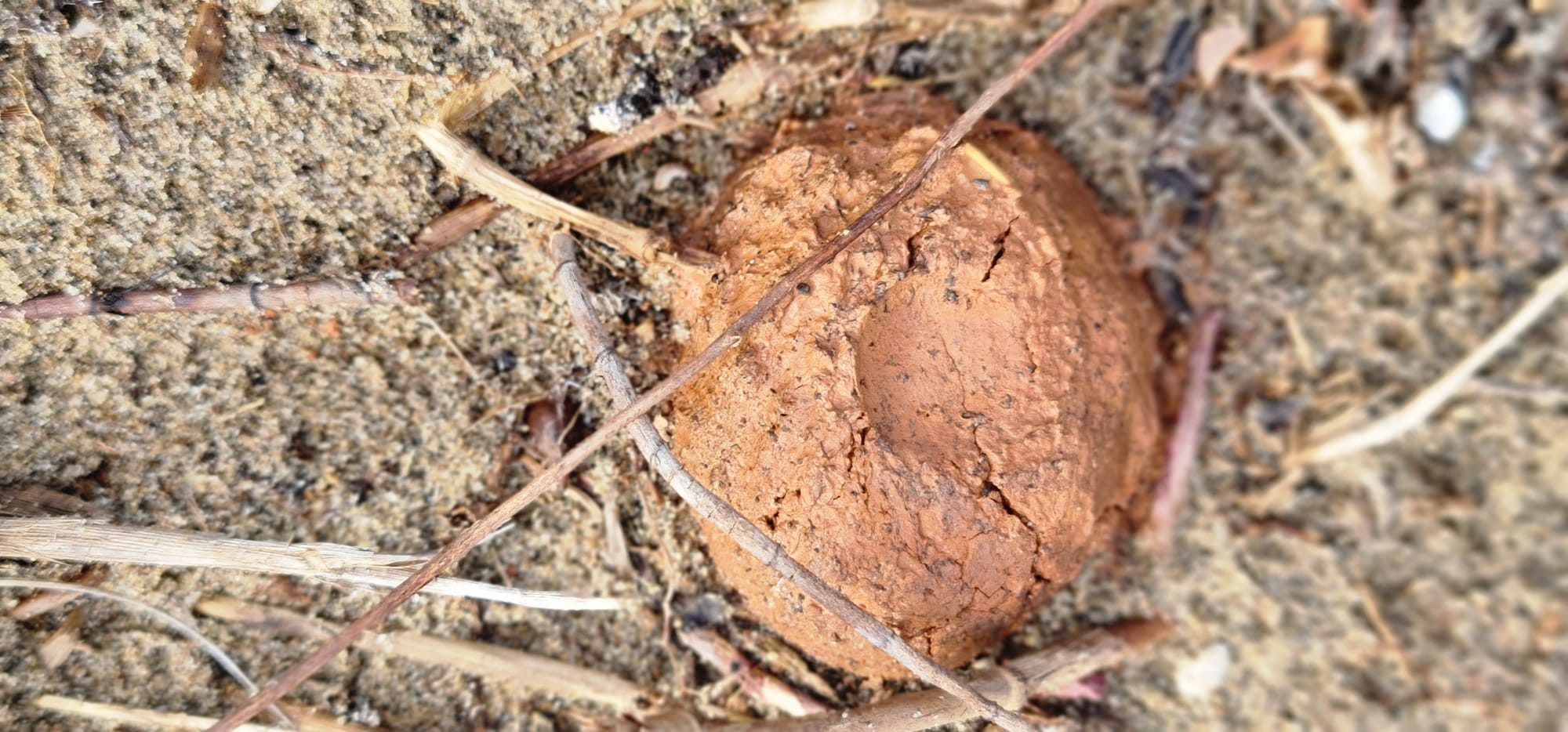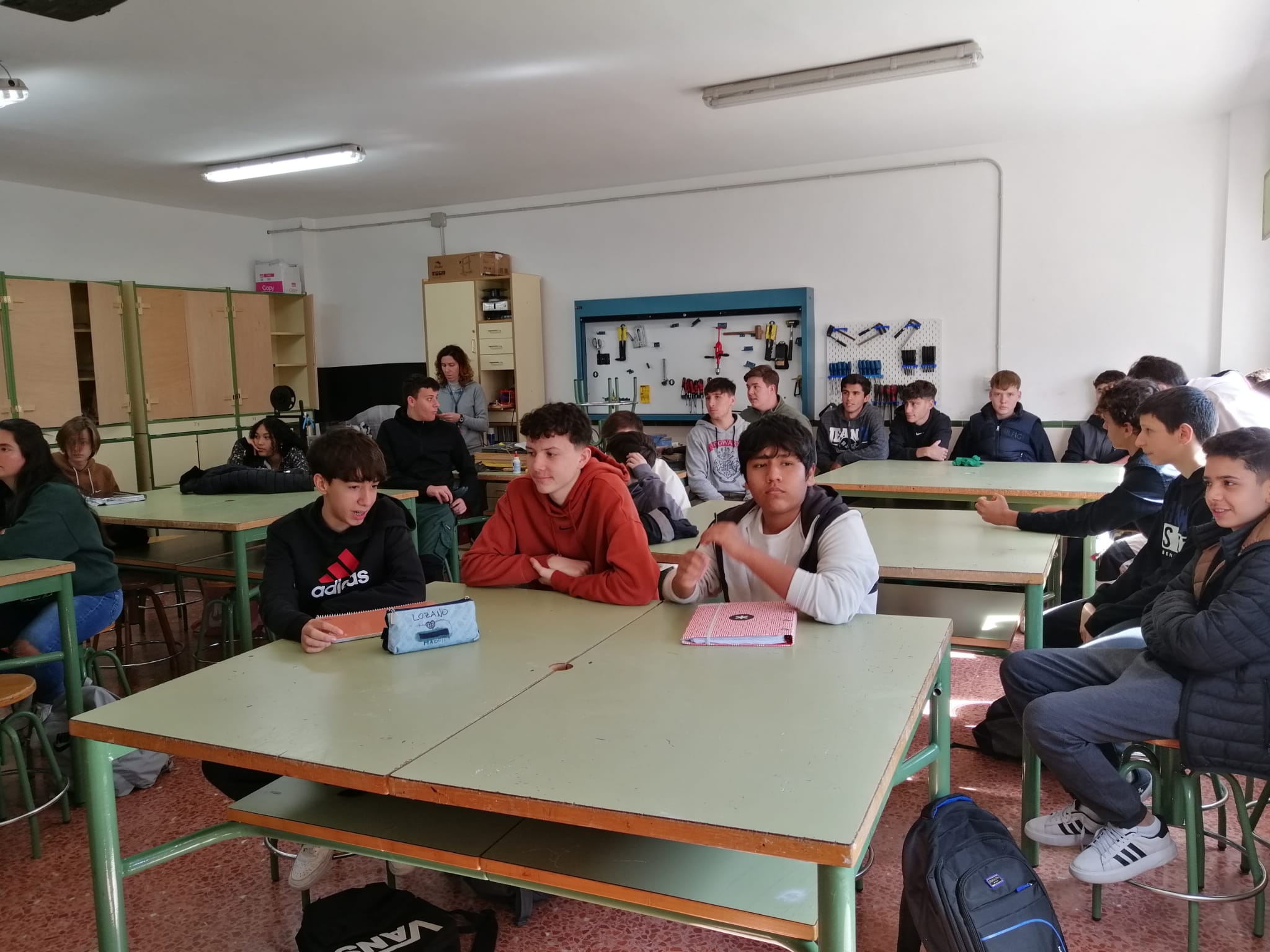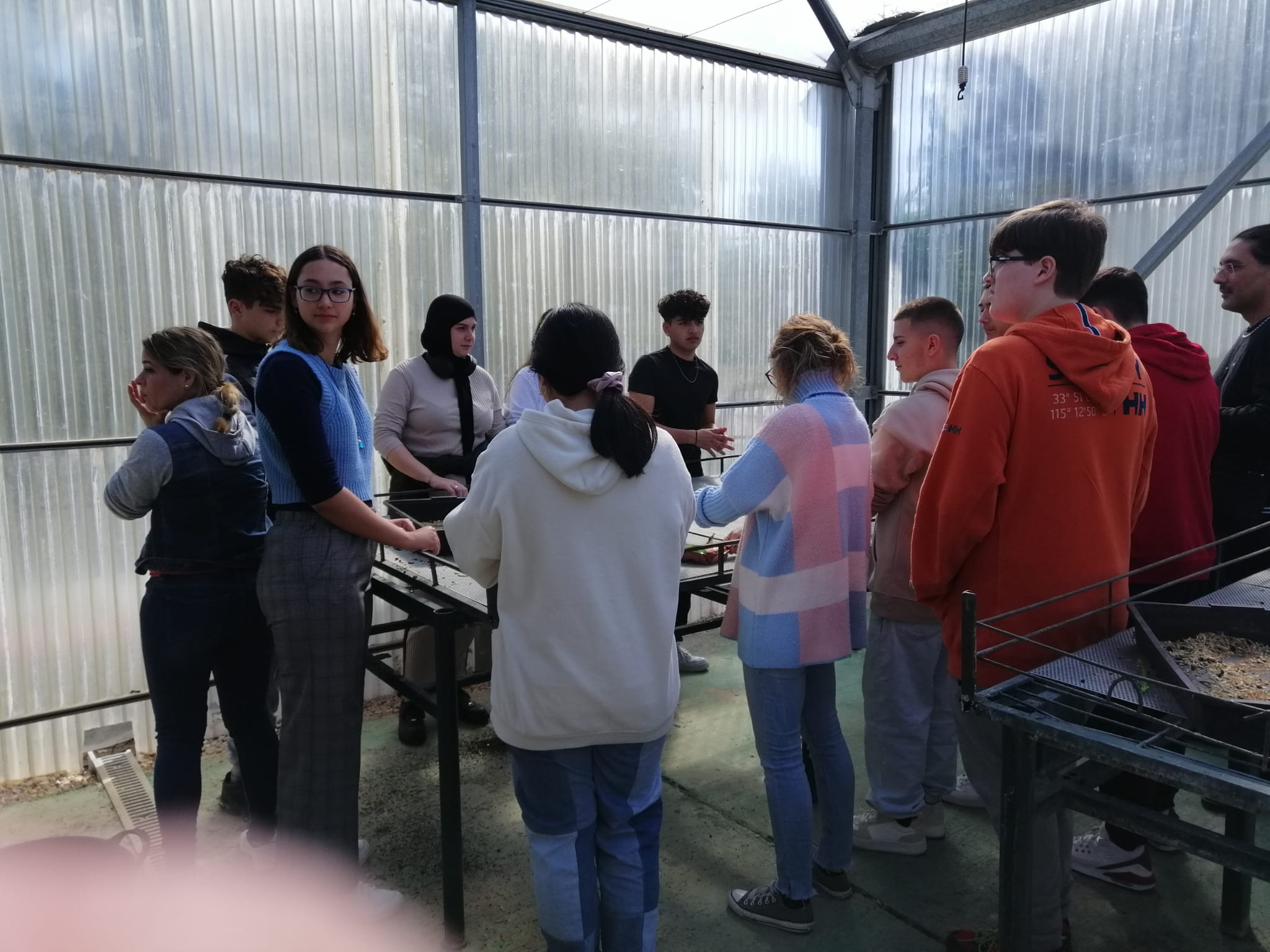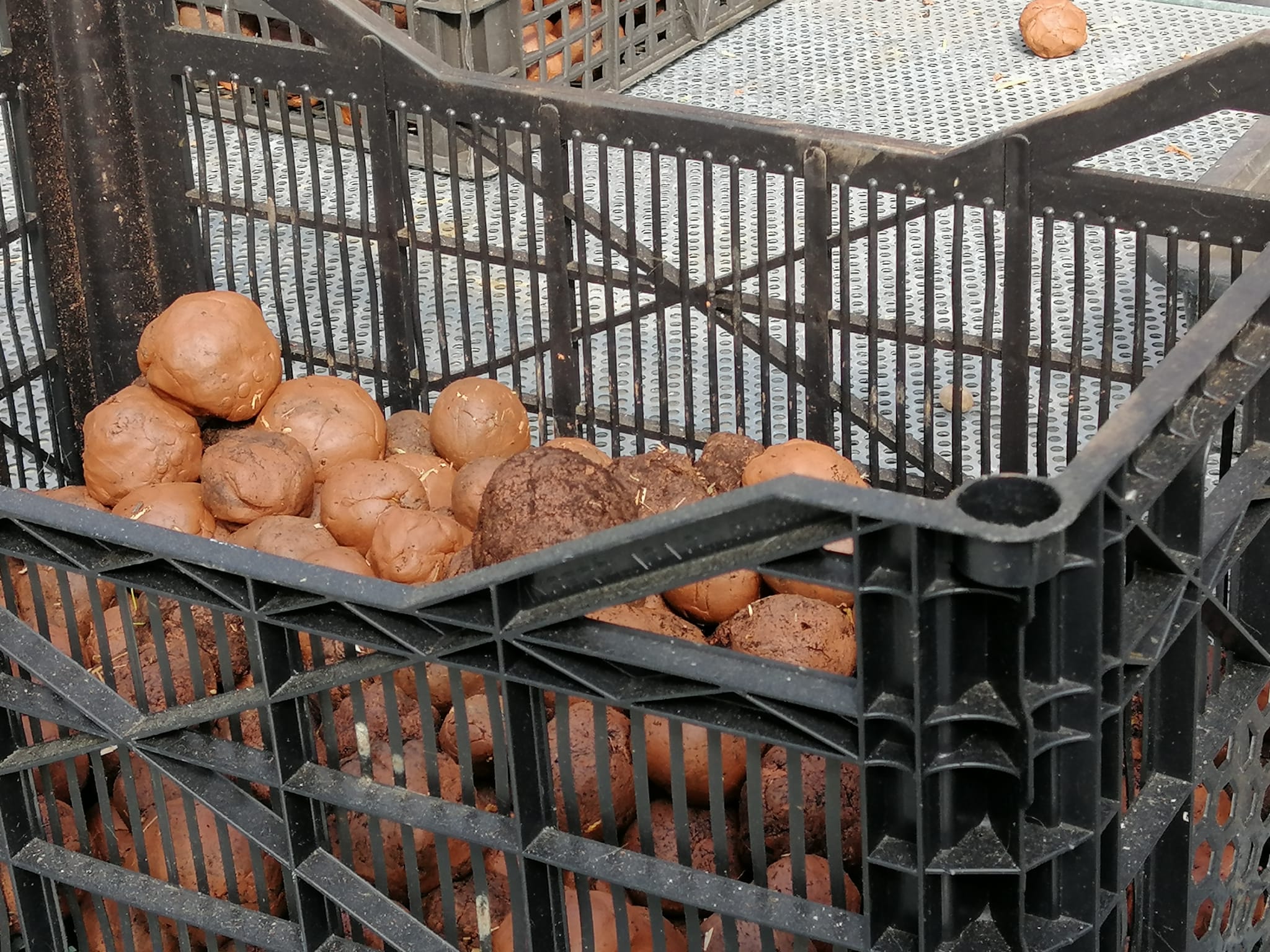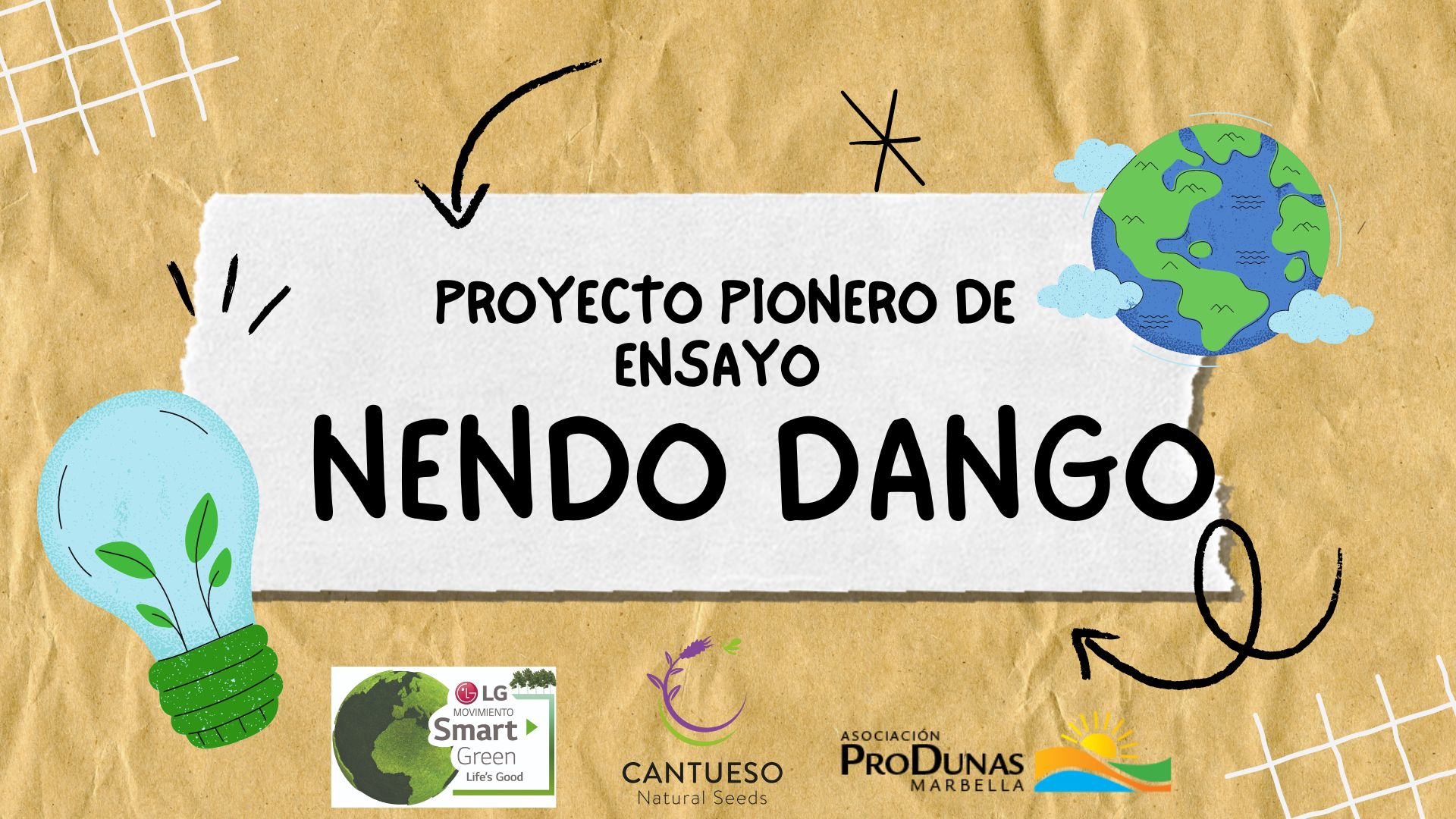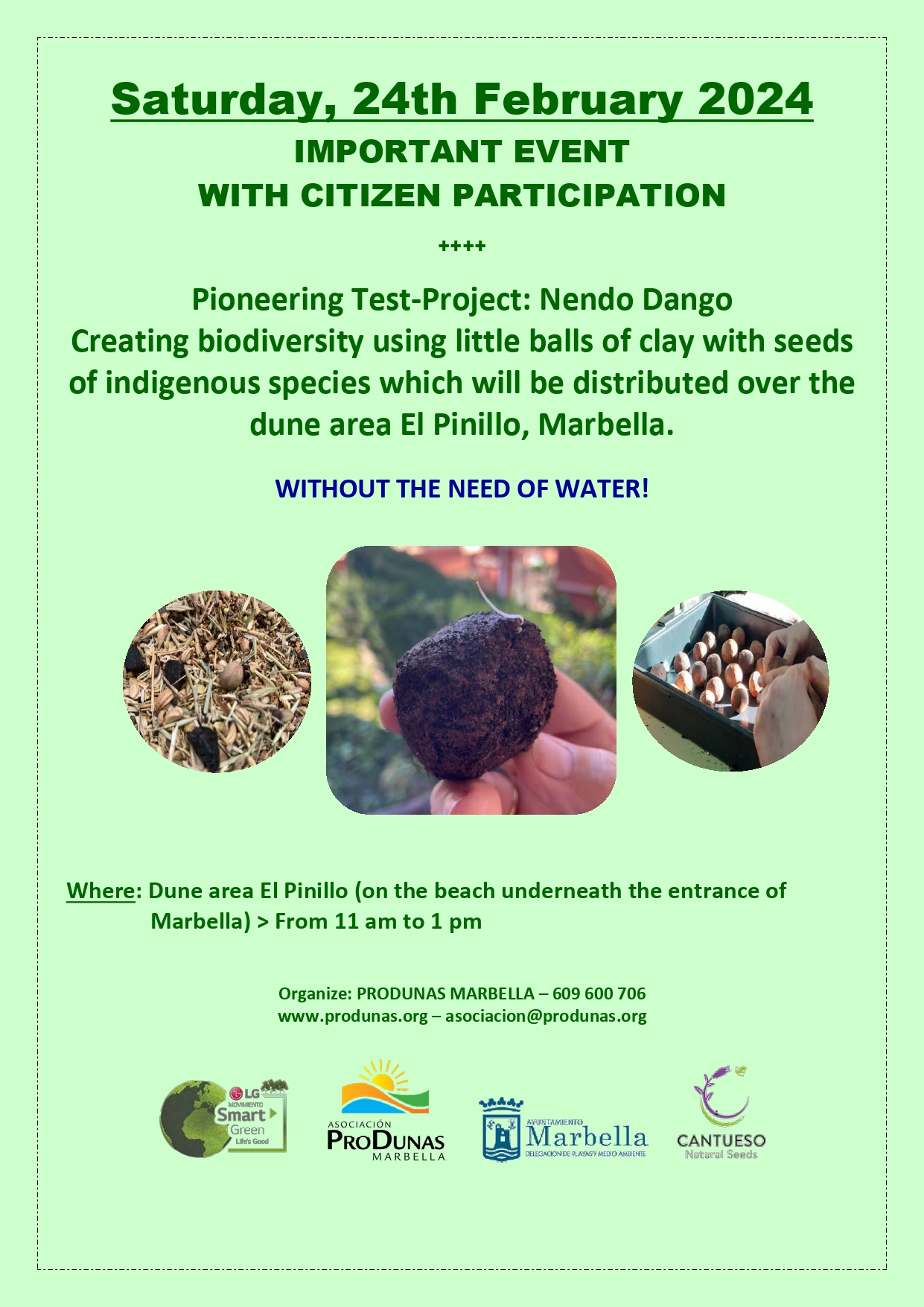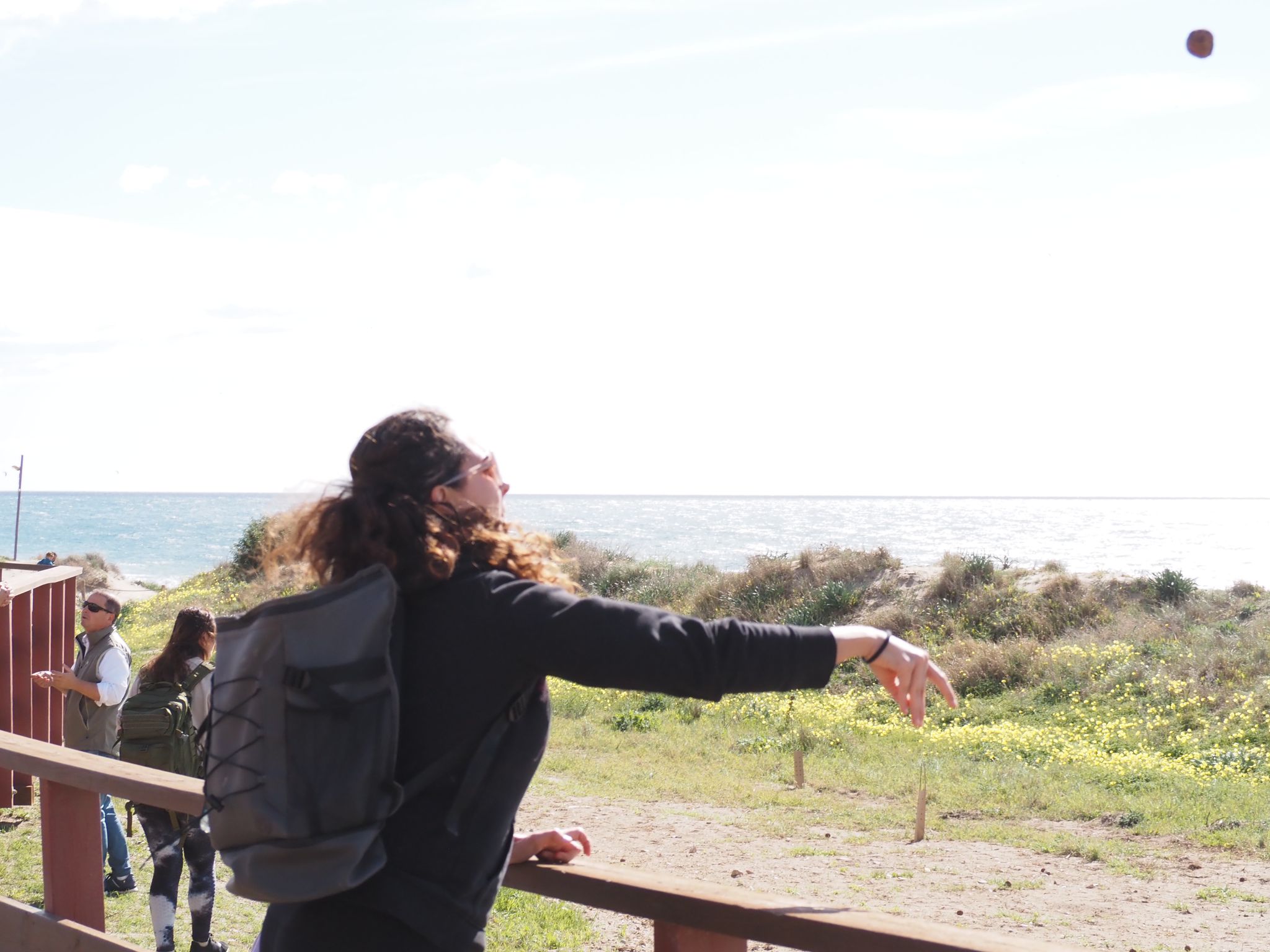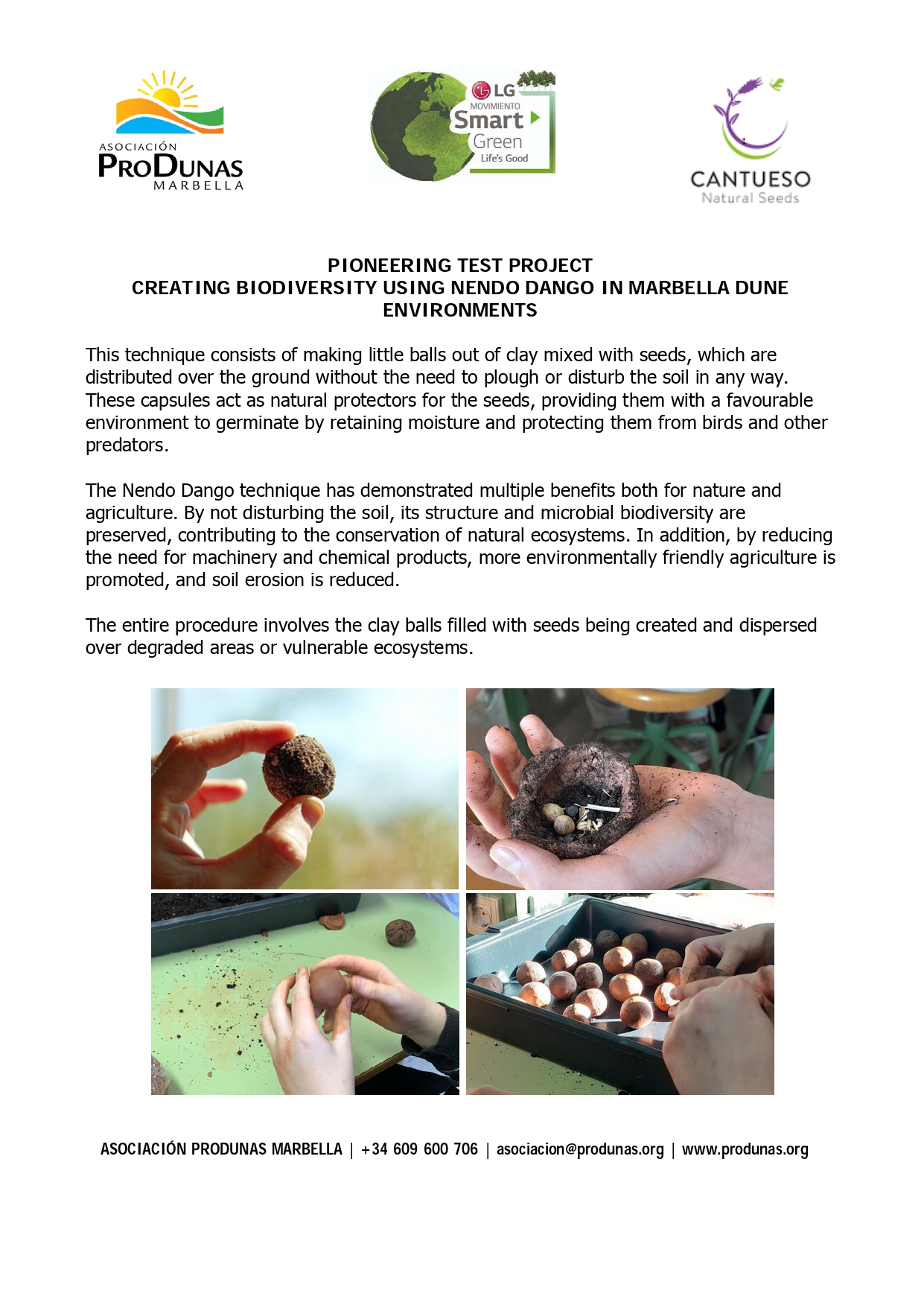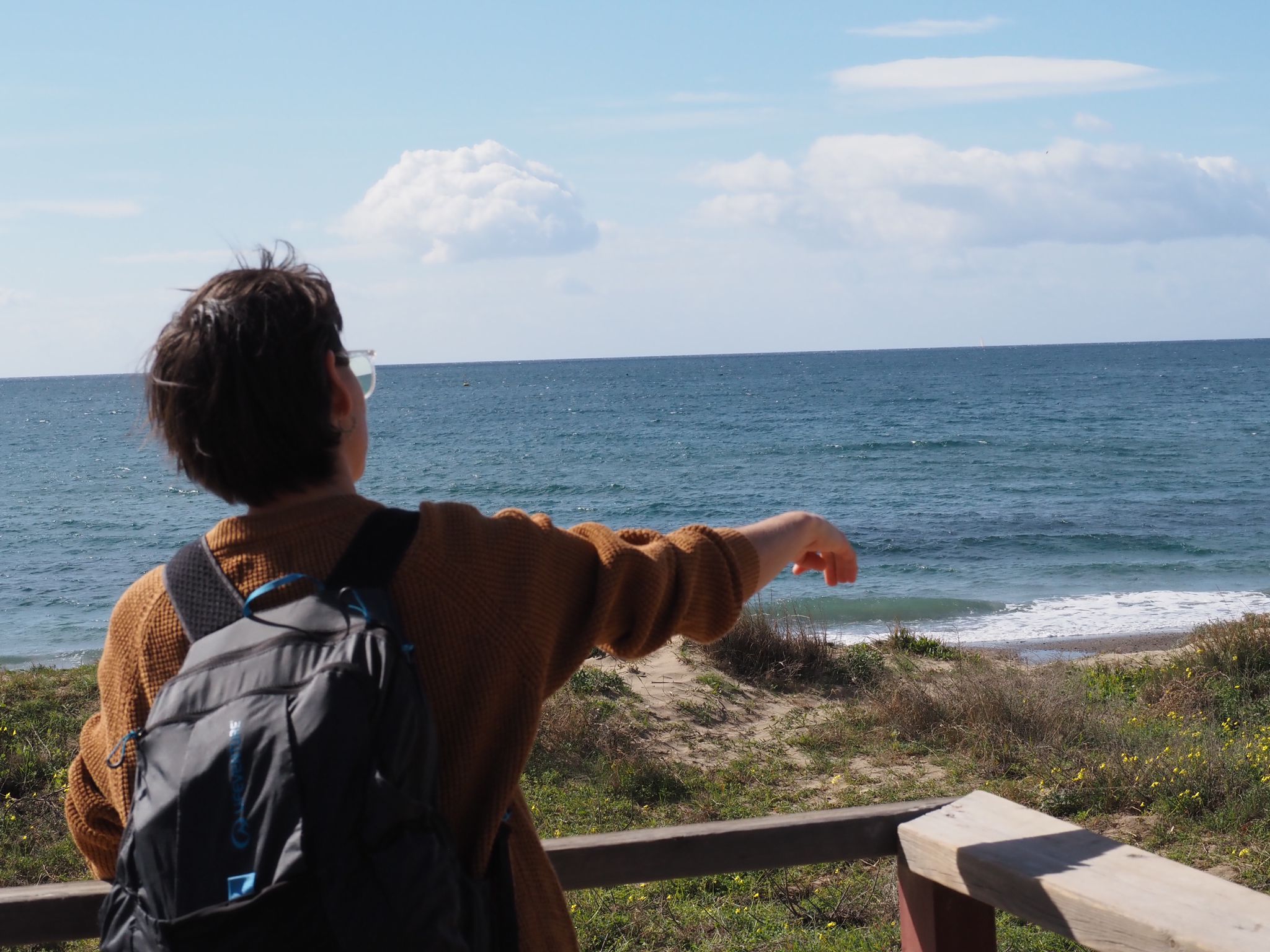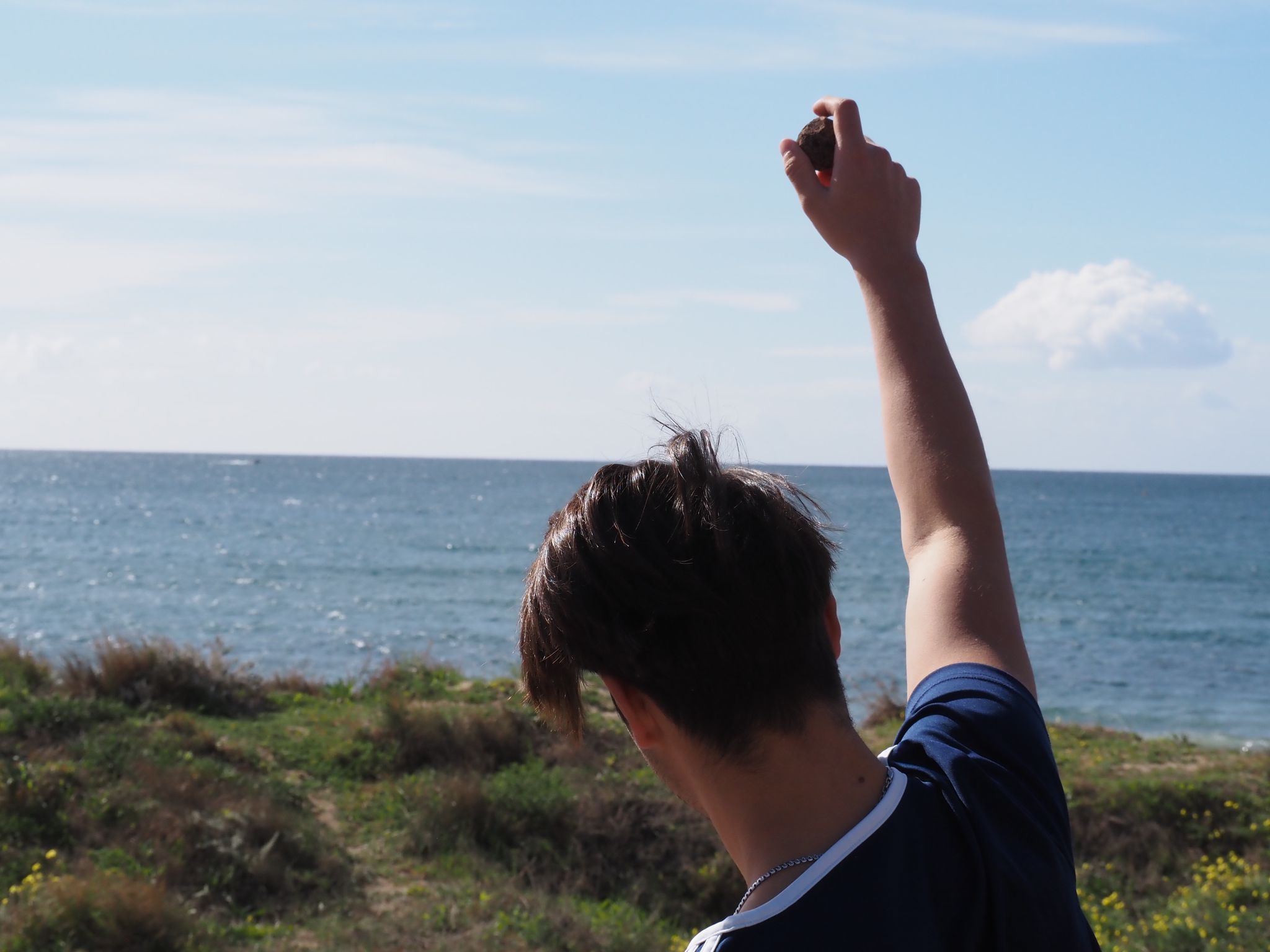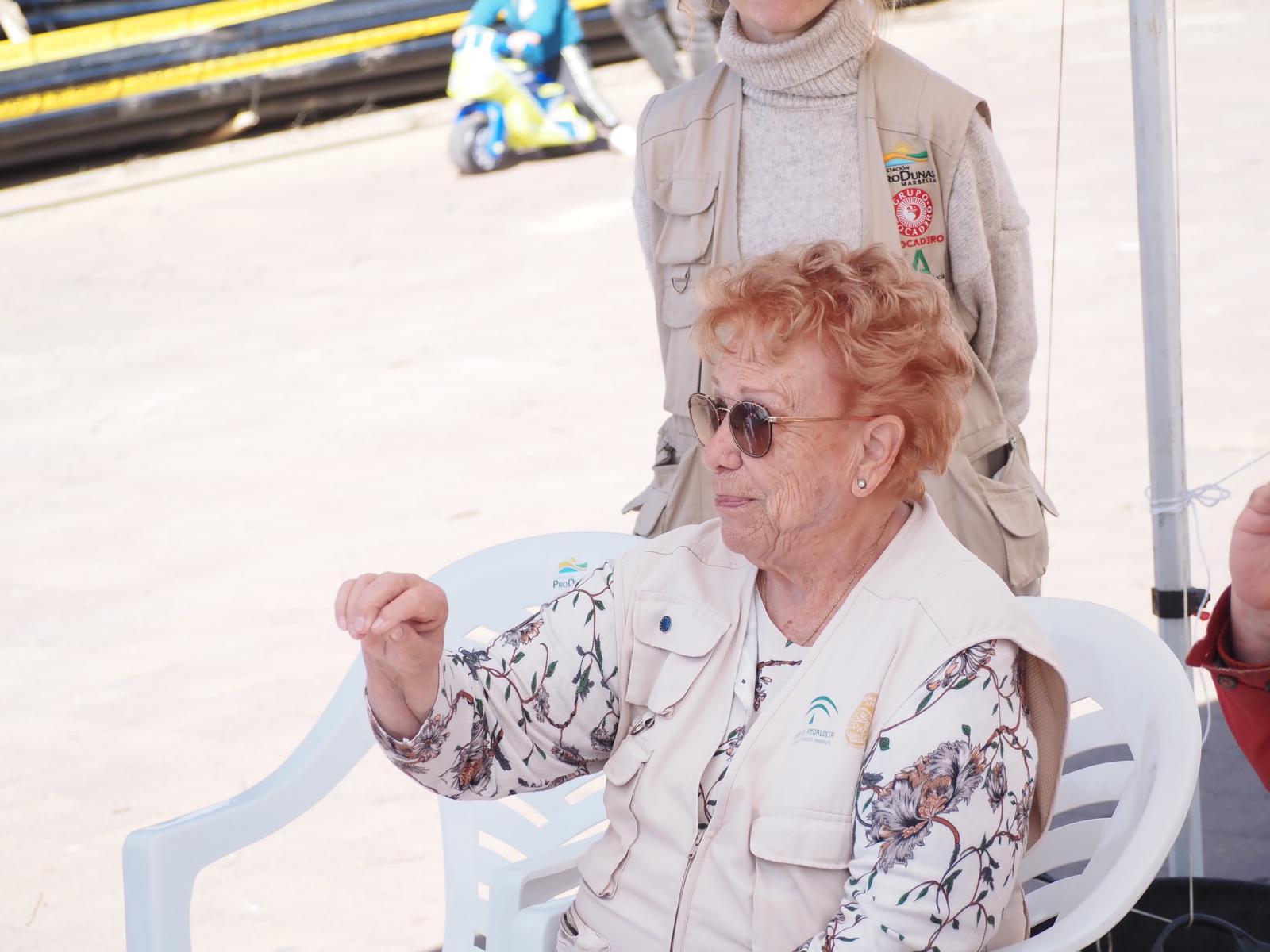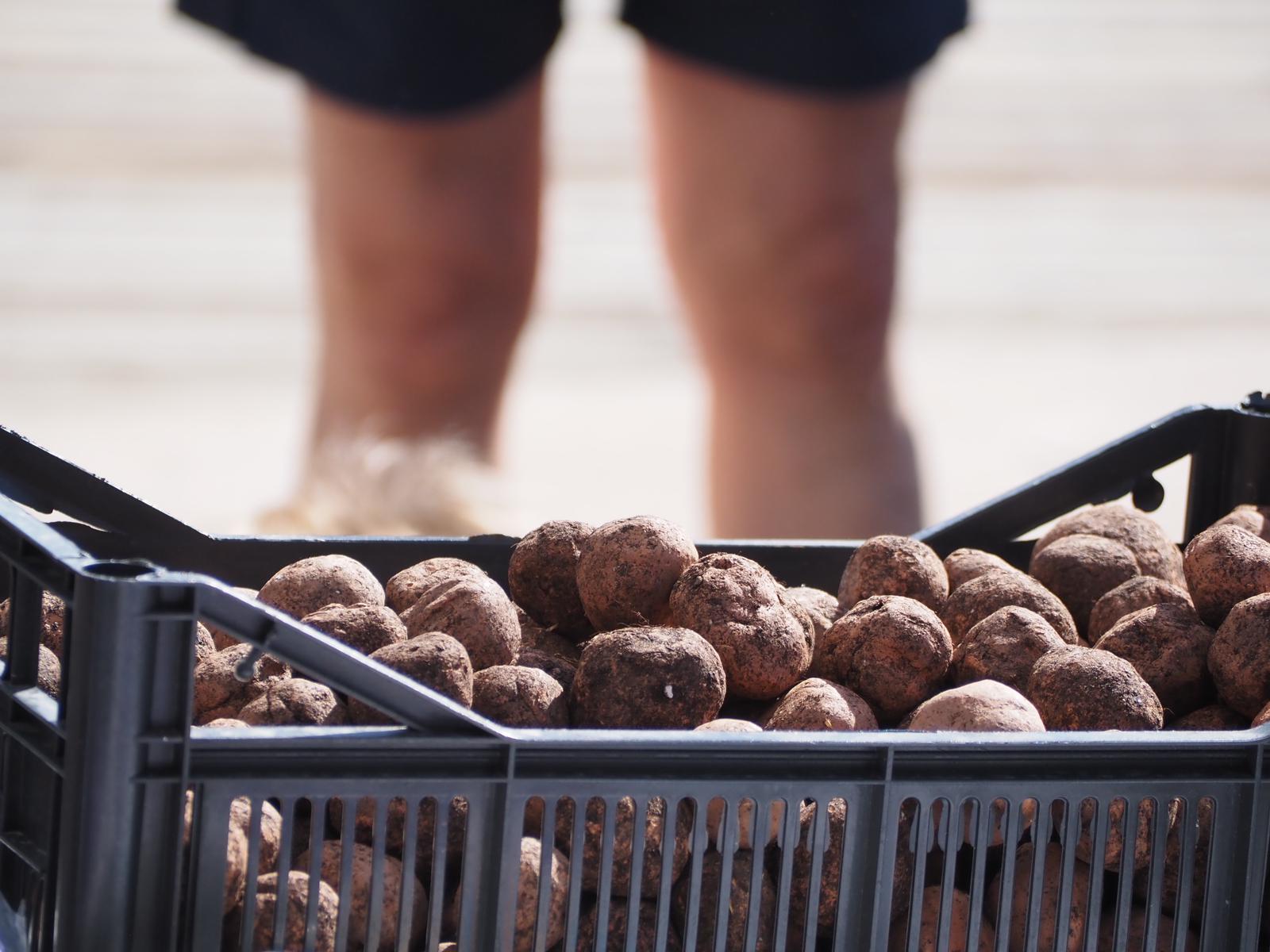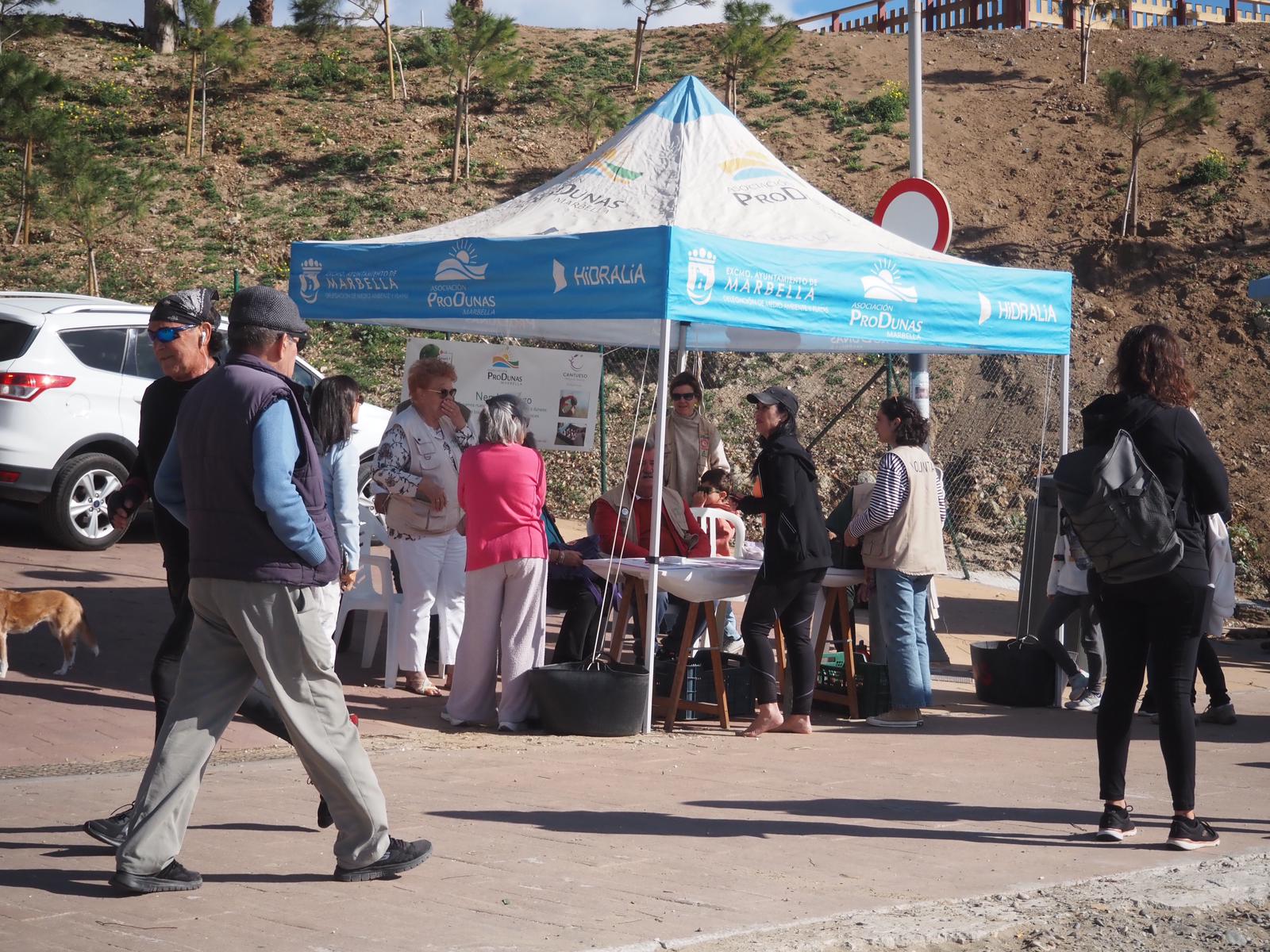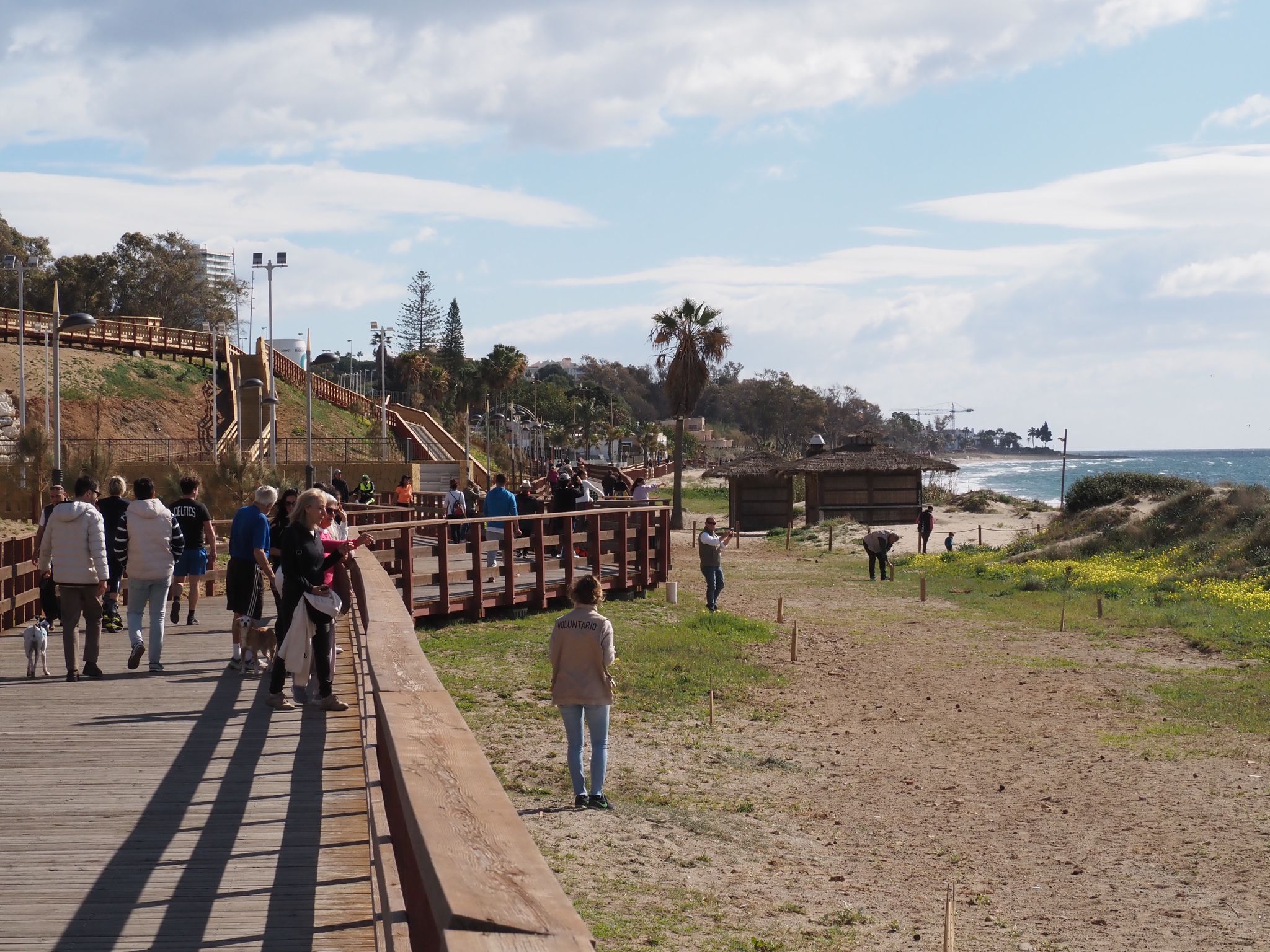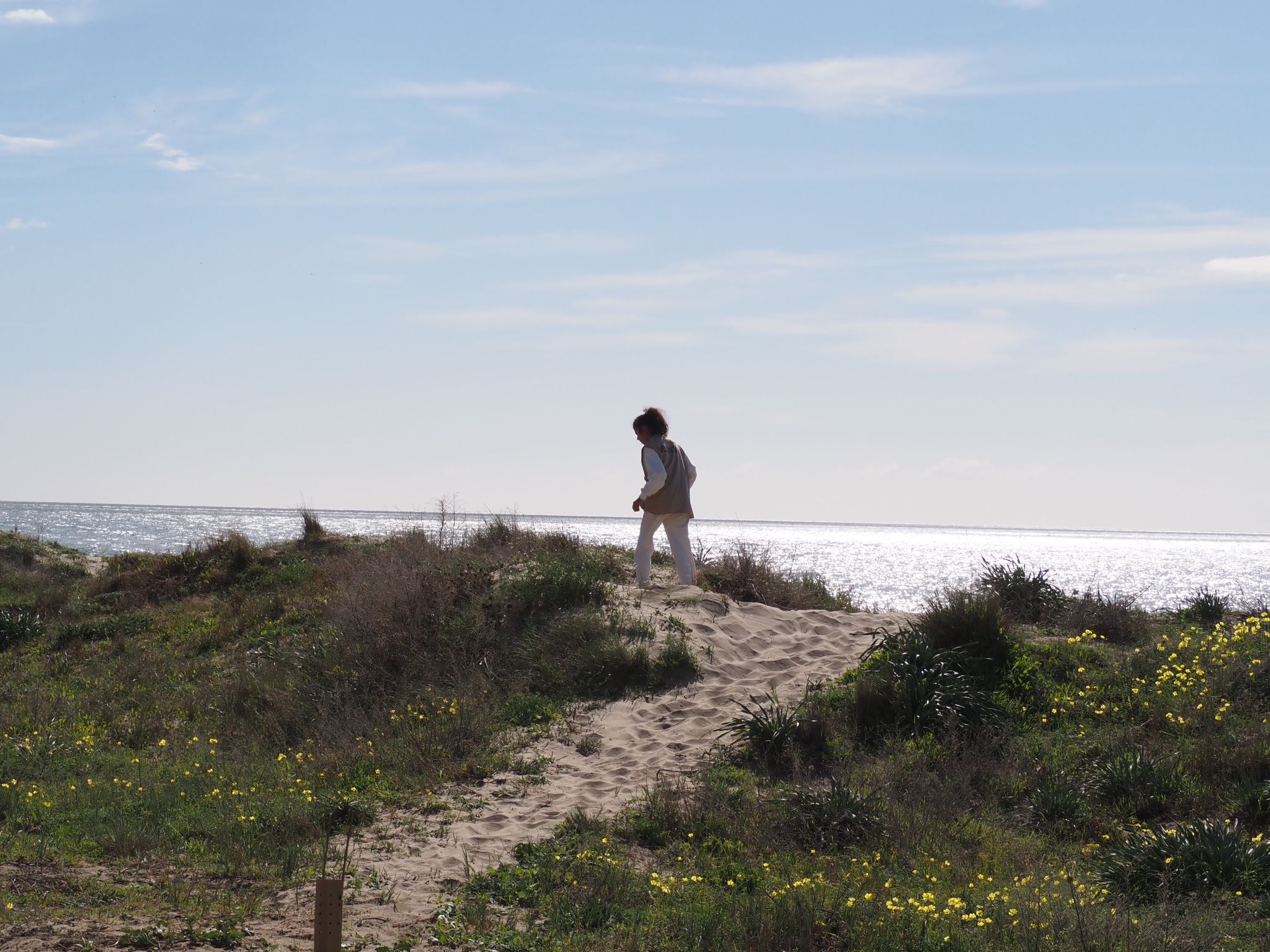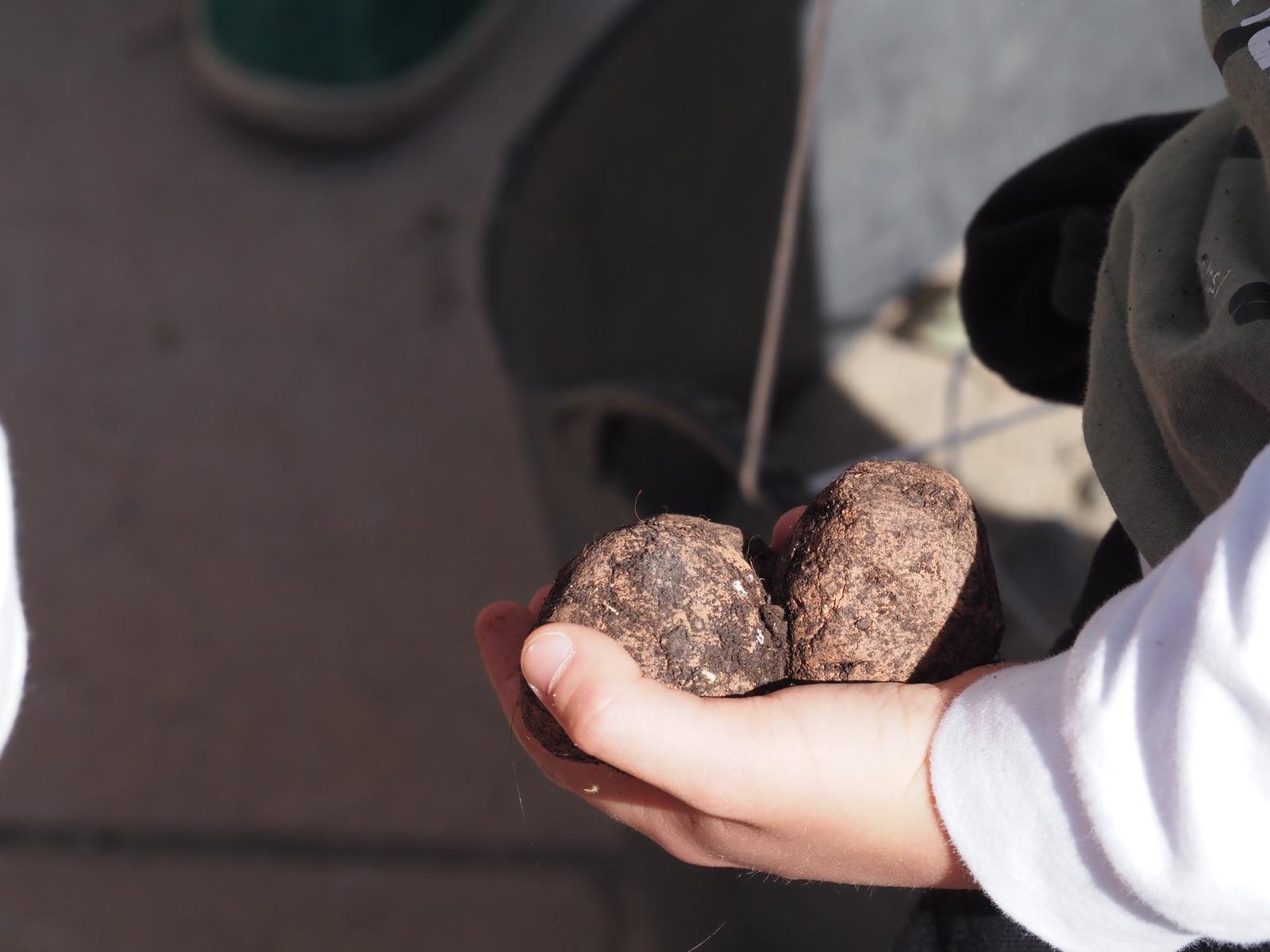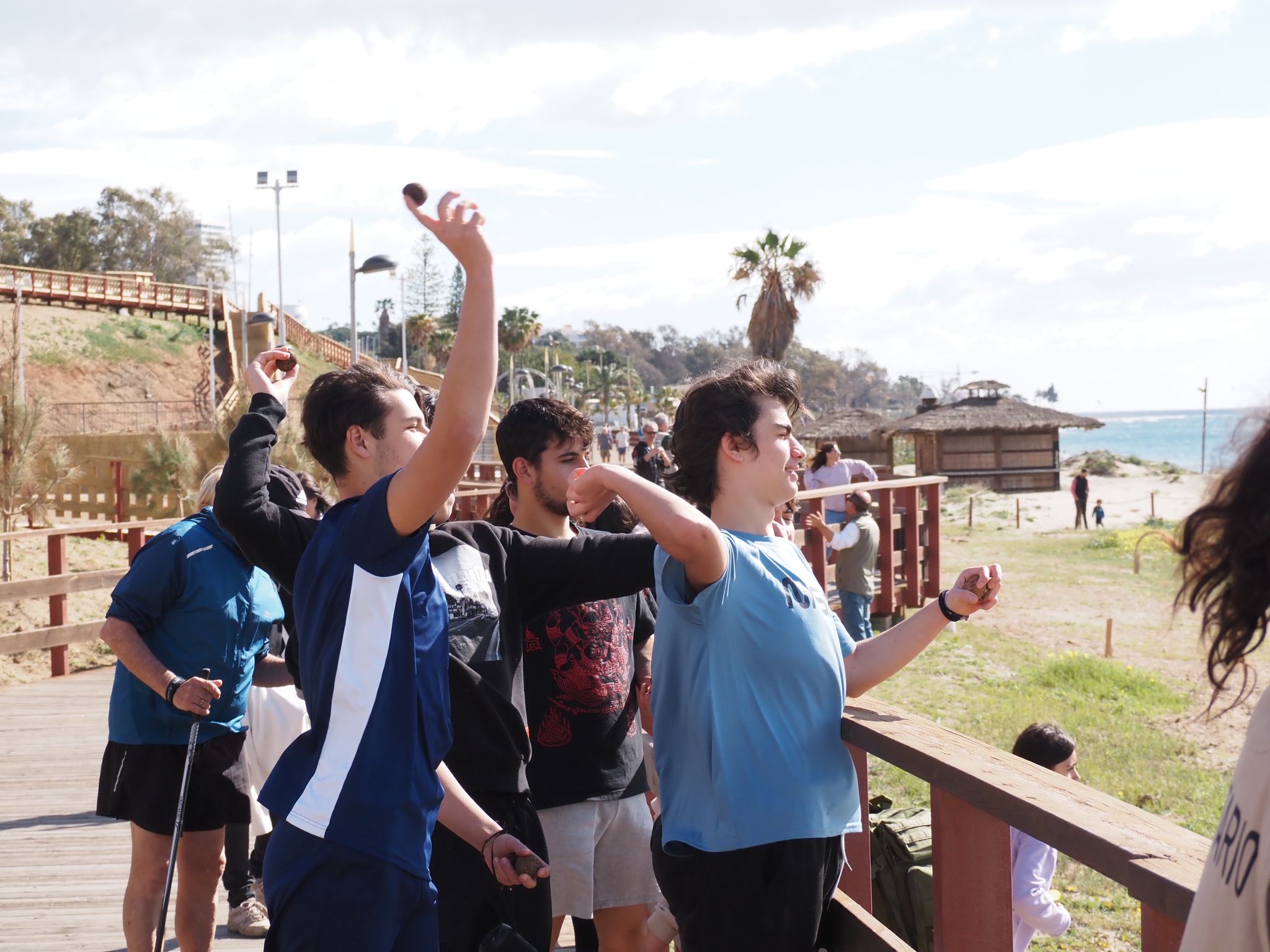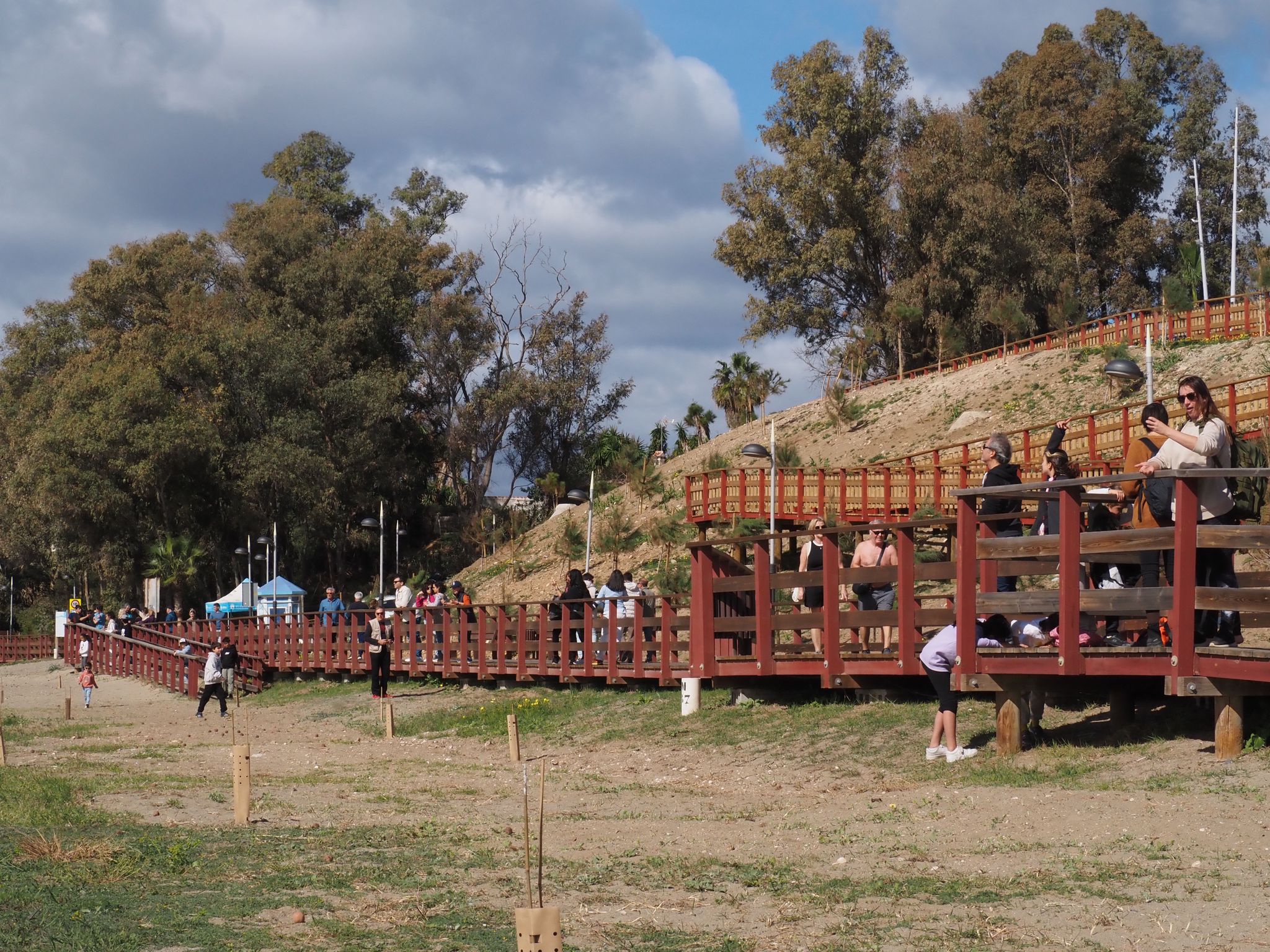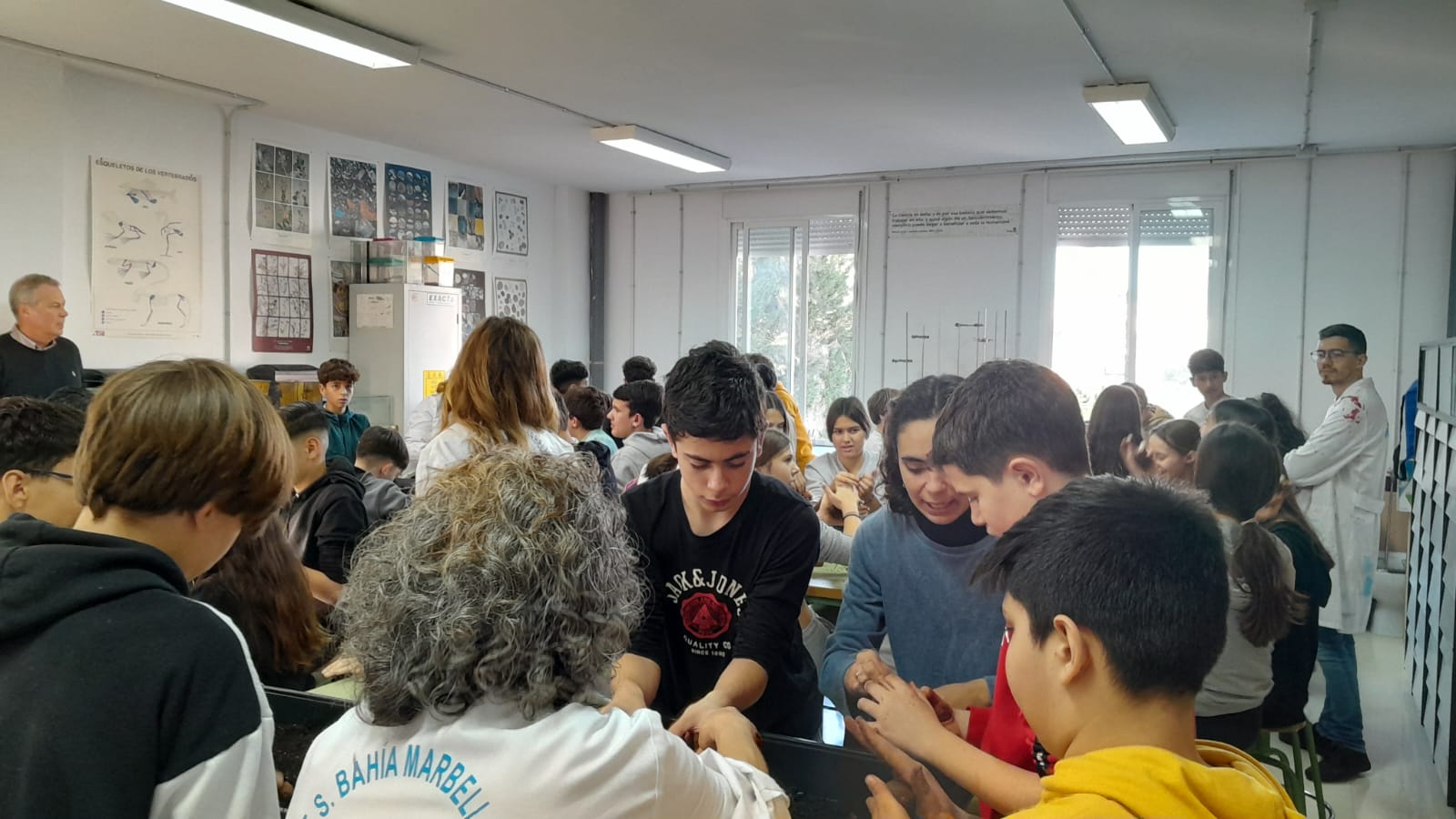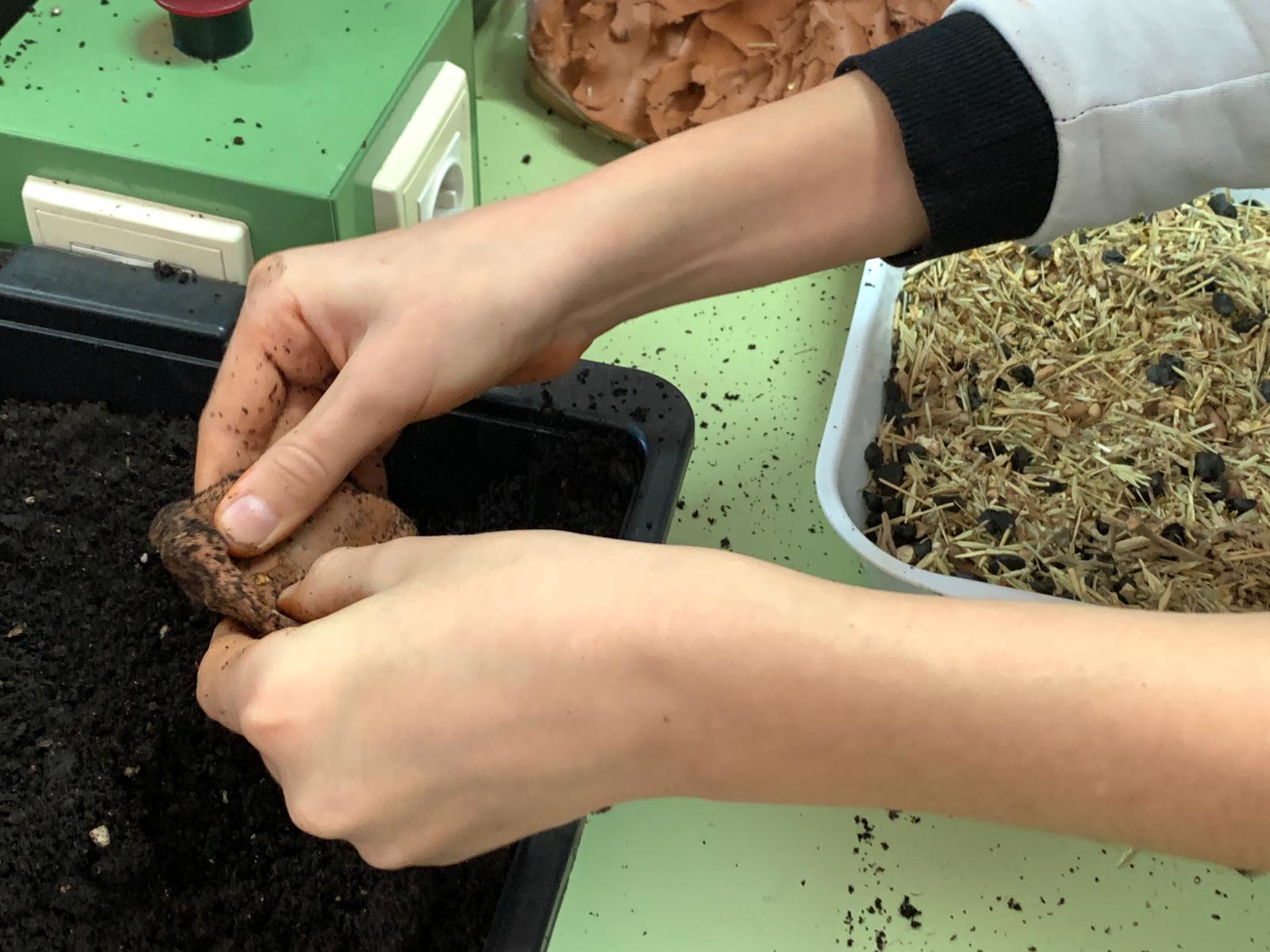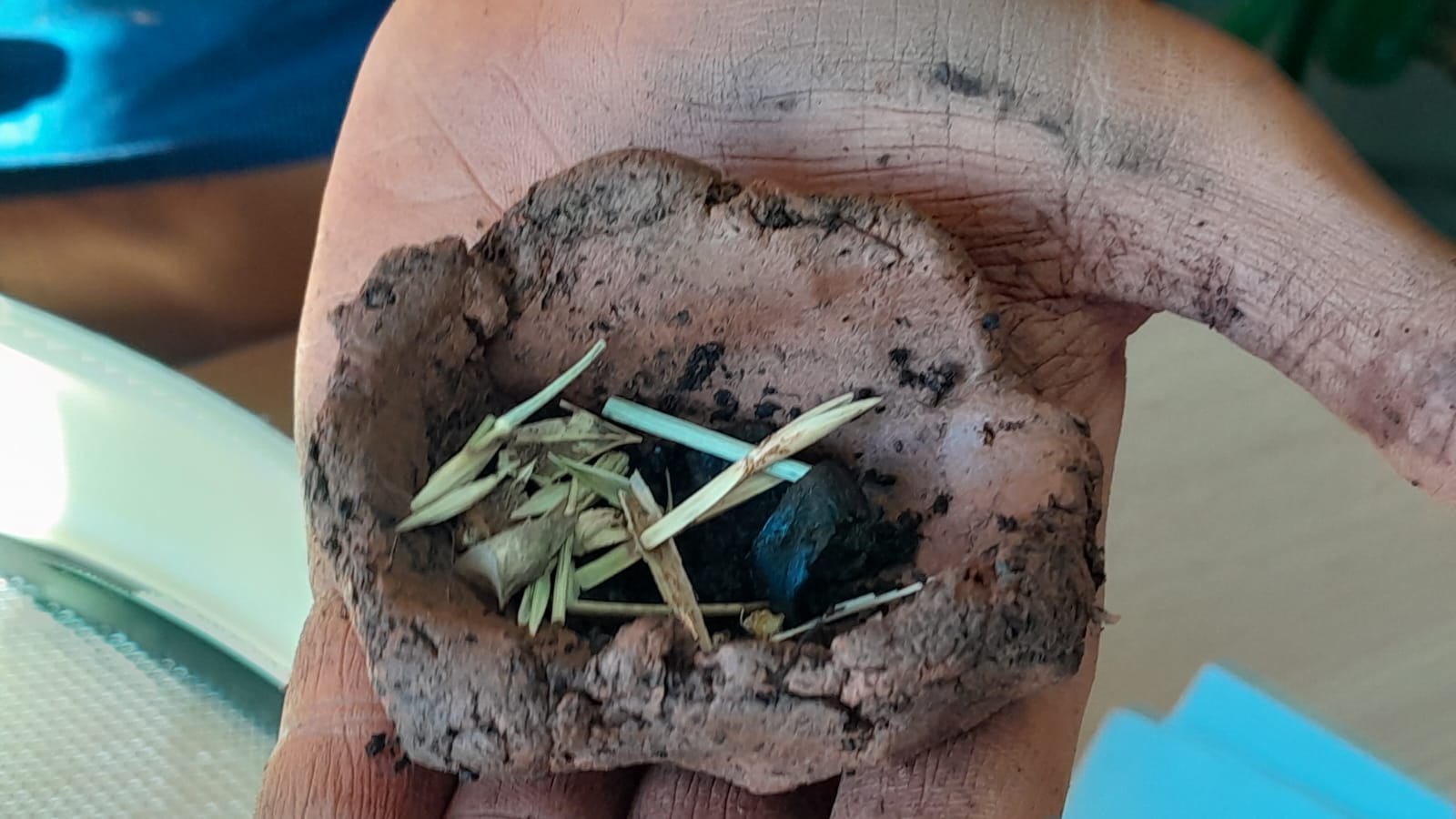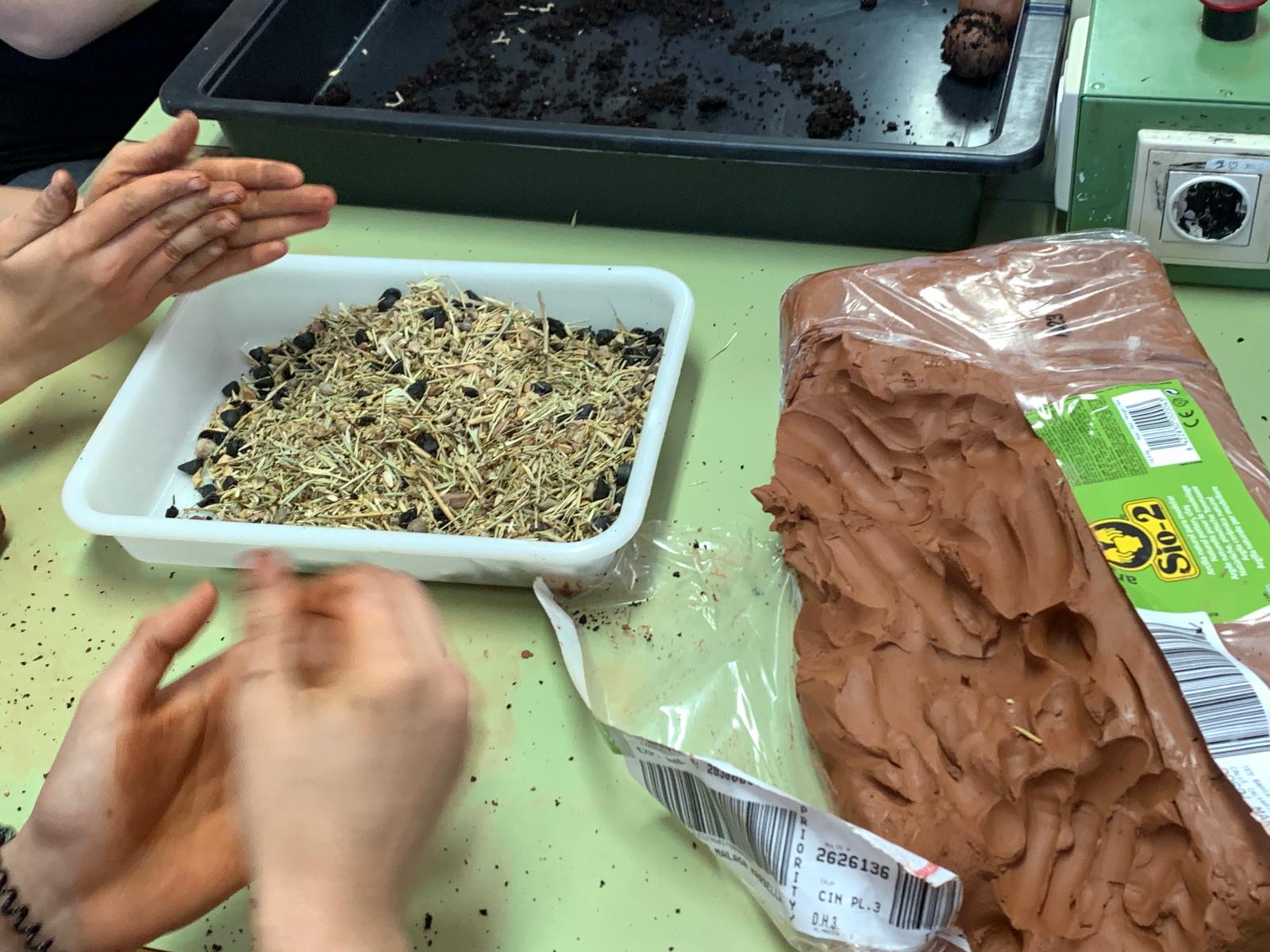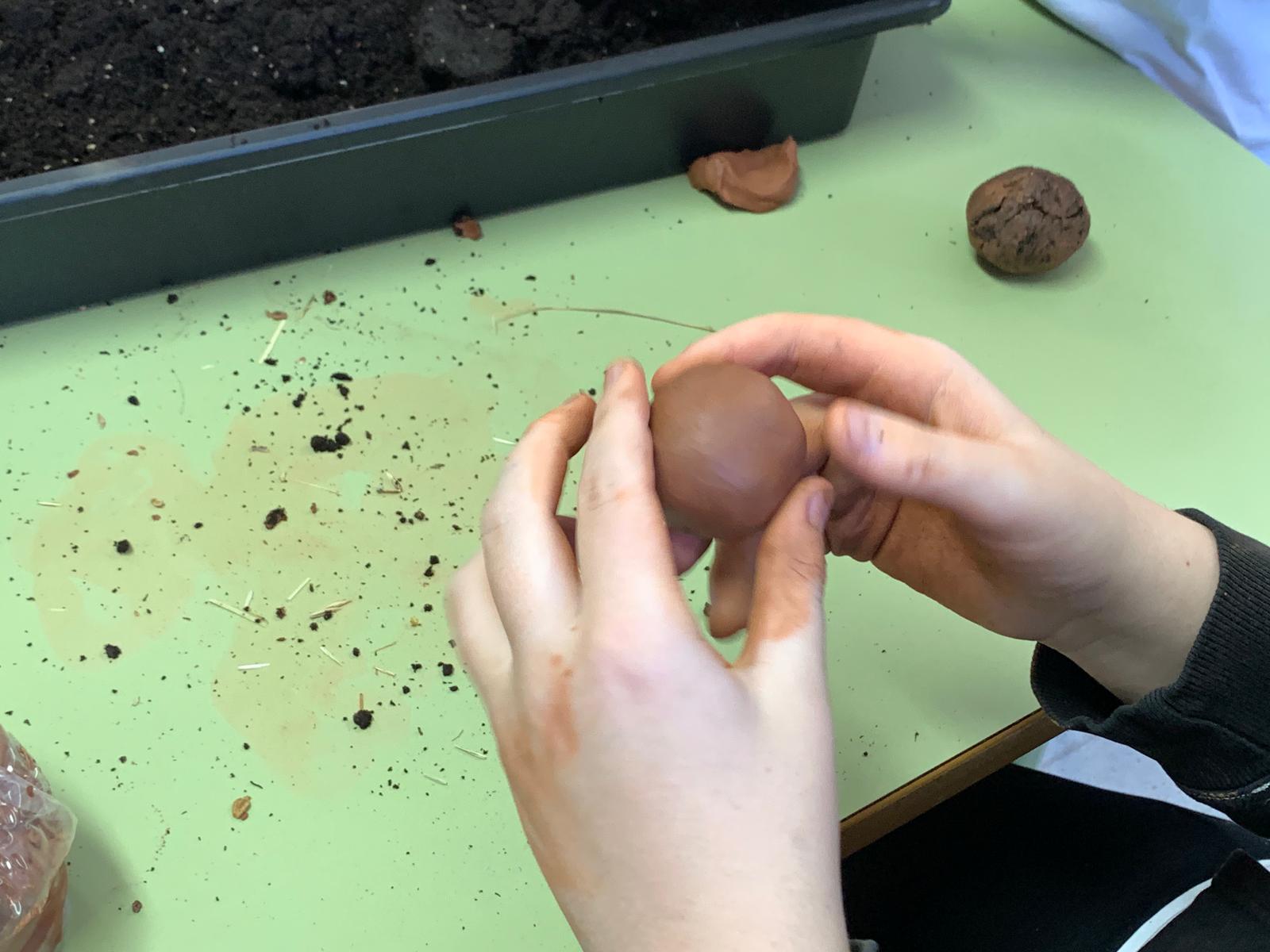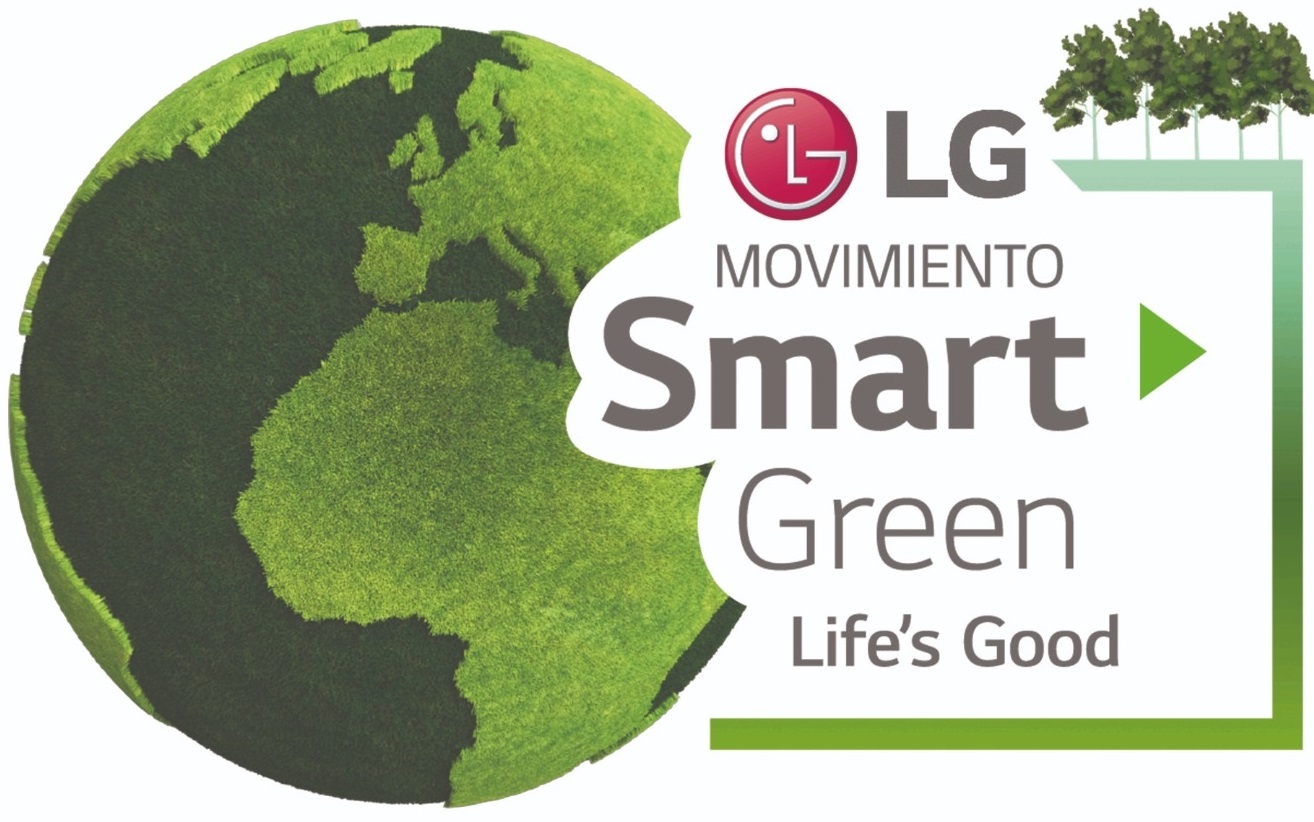
NENDO DANGO PIONEER TRIAL PROJECT
The seed germination process – how it happens.
One of the most important elements of the dunes are the plants that live in them. Plant organisms have different ways of propagating and reproducing, with seed germination being the main way, and this is what we will talk about in this text.
First of all, you have to know what a seed is. A seed is a biological structure of plant origin, that contains the embryo of a plant, as well as a reserve of nutrients and a covering that protects it.
The embryo is the part of the seed that, at some point, under certain conditions, will become a plant. This embryo, when it is activated and begins to grow, develops the shoot, the embryonic root (which will later become the taproot or central root of the plant) and, depending on the type of plant, the first two leaves that are called cotyledons, which generally have a different shape than the leaves of the adult plant.
These cotyledons, in addition to serving as the first leaves to carry out photosynthesis, also serve as a nutrient reserve for the embryo.
Finally, the protective cover is an external envelope that protects the embryo and nutrient reserves from external damage, desiccation or infection by pathogens. This cover varies in shape, thickness and composition depending on the plant species.
The germination process of these seeds has several phases:
– Imbibition: This begins when the seed is hydrated on contact with water, which softens the outer layers and begins the metabolic processes.
– Activation of enzymes: After hydration, the embryo produces enzymes that break down food reserves and obtain nutrients for growth.
– Radicle growth: This is the moment when the main root breaks the seed coat and seeks the soil to bury itself, growing and searching for water and nutrients.
– Growth of the shoot (or plumule): Once the main root is growing, the main shoot emerges and heads upward. This will later become the stem. Generally, this sprout is accompanied by the cotyledons, the first leaves that the plant will have (some species do not have cotyledons).
– Leaf development: In this stage, through the apical bud found above the shoot, the true leaves, which will be typical of the species, emerge,.
After all this procedure, the plant will continue to grow until it reaches a mature phase, where it will produce flowers and therefore seeds, repeating this incredible process, in which other elements, the dispersing elements, also intervene. These dispersing elements are the factors that move the seeds, thus favouring their distribution. These elements can be wind, water, animals through their food or movement, or even ourselves, such as using the NENDO DANGO method.
This method, invented by Masanobu Fukuoka, consists of mixing seeds with compost inside clay balls and dispersing them in the chosen field. This method favours the dispersal of seeds without the need to alter the structure of the dune soil, in addition to providing humidity to initiate germination. In this way, the dunes that lack the incredible plant species that inhabit them can be repopulated.
Author: Samuel Milán Contreras – Degree in environmental sciencies
We started the Nendo Dango Pioneer Trial Project for the protection of our dune environment!
We joyfully share the incredible news that the 1st-year students of IES Bahía Marbella have dedicated two intense days to creating over 1,400 Nendo Dango balls. The purpose? To care for and preserve their adopted dune, El Pinillo, located next to the Segundo de Marbella stream.
Under the guidance of volunteers from ProDunas Marbella, who explained and guided the students at every step, and with the constant support of the school faculty, the students did not hesitate for a single moment to create more than the assigned number of Nendo Dango balls each. This is a significant step towards the conservation of our natural environment. An admirable effort that has culminated in more than 1,400 balls for the preservation of our natural surroundings!
Now, with the modeling phase completed, we embark on a new stage of patience. The approximately 1,400 clay balls created by the students will need to dry over the next 20 days before being transported to their adopted dune, El Pinillo. This waiting time adds an element of anticipation to our project, as each day brings us closer to seeing the results of our efforts in action.
Soon, we will schedule a special event for a Saturday in February. This event will provide an opportunity for citizens to actively participate in conservation. Everyone will be able to join in the distribution of these balls throughout the El Pinillo dune environment, directly contributing to the preservation of our beautiful natural landscapes.
We appreciate the dedication and effort of everyone involved. Together, we are building a more sustainable and conscious future.
JANUARY 2024
PIONEERING TRIAL PROJECT, CREATING BIODIVERSITY WITH NENDO DANGO IN DUNE ENVIRONMENTS
OF MARBELLA
ProDunas Marbella is proud to announce that it continues to promote scientific projects to implement new biodiversity in dune environments without using water. This project is called Nendo Dango and involves creating clay balls containing native seeds from dune wild vegetation.
With the start of the new year, this project will be initiated in collaboration with LG Electronics Spain as a sponsor, providing the necessary materials, and the Cordoban company Cantueso Natural Seeds, which will supply the required seeds prepared to be introduced into the clay balls.
The chosen environment is the El Pinillo dune, next to the Segundo de Marbella stream, and the clay balls will be created by students from IES Bahía Marbella, as this educational center sponsors this dune environment.
Over two days, the students will mold around 1,400 clay balls. ProDunas Marbella volunteers, under the watchful eyes of the IES Bahía Marbella officials, will assist the students in clearing any doubts during the clay ball molding process.
Once the balls are made, they will need two weeks to dry before being introduced into the dune environment. It will be a vibrant event, as it marks the first time a dune environment will host these balls, hence it is called a pioneering trial project. As a double measure, it is expected that some protectors will be placed, providing moisture to the balls, and seeds will be directly introduced into the sand around wooden stakes, which have proven to be moisture providers.
The event will be scheduled for a Saturday, and citizens will have the opportunity to participate as active contributors, distributing these clay balls throughout the dune environment.
Do you want to receive our Newsletter?
Do you want to become a member or be our friend of the dunes?
Asociación ProDunas Marbella
The Association works tirelessly for the defence and preservation of the unique ecosystems that survive in the natural sand dune environments in the Province of Málaga; promotes the protection of native flora and small wildlife; promotes recovery, rehabilitation and conservation of interesting biodiversity of sand dunes areas in the municipality of Marbella.
